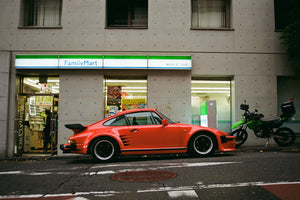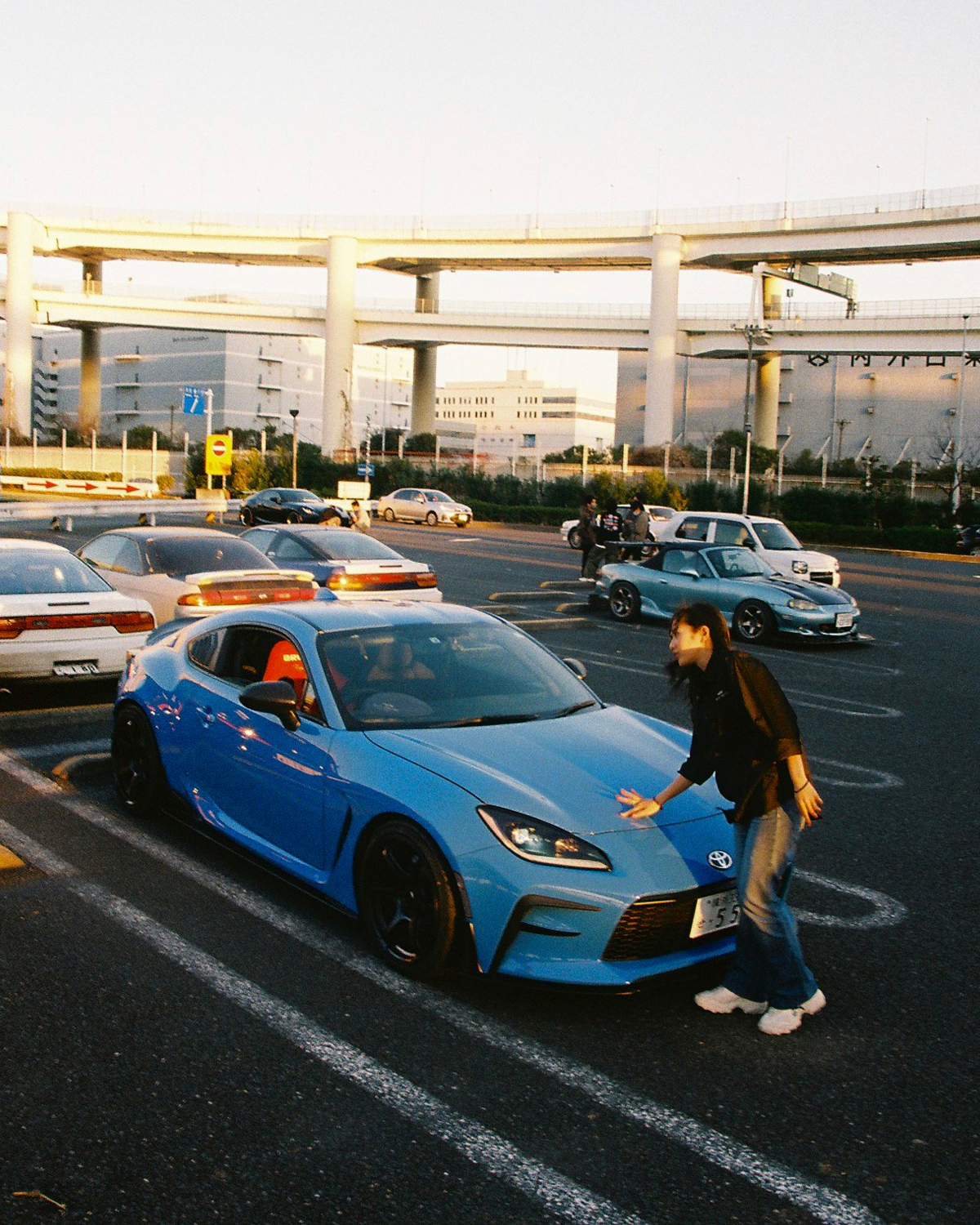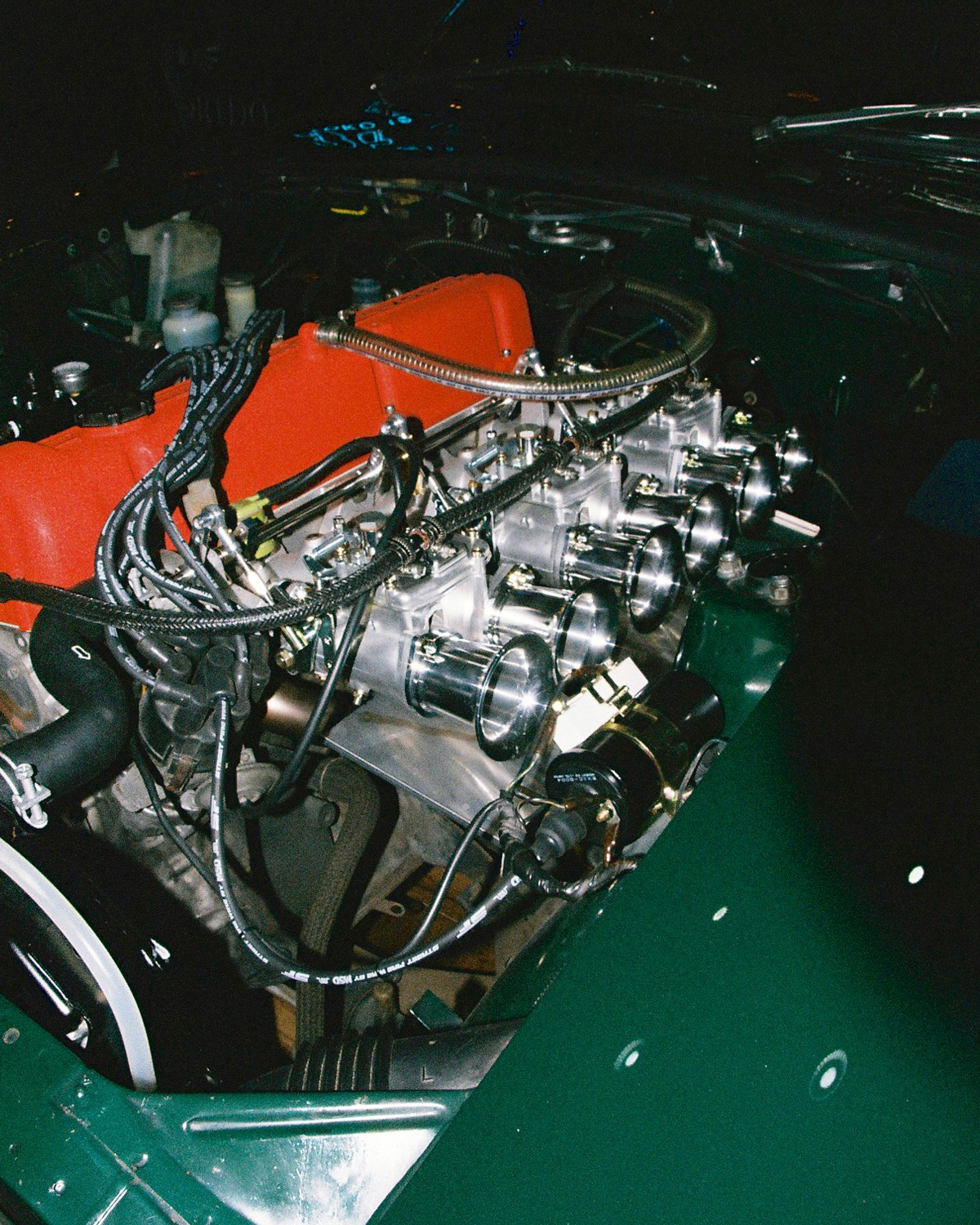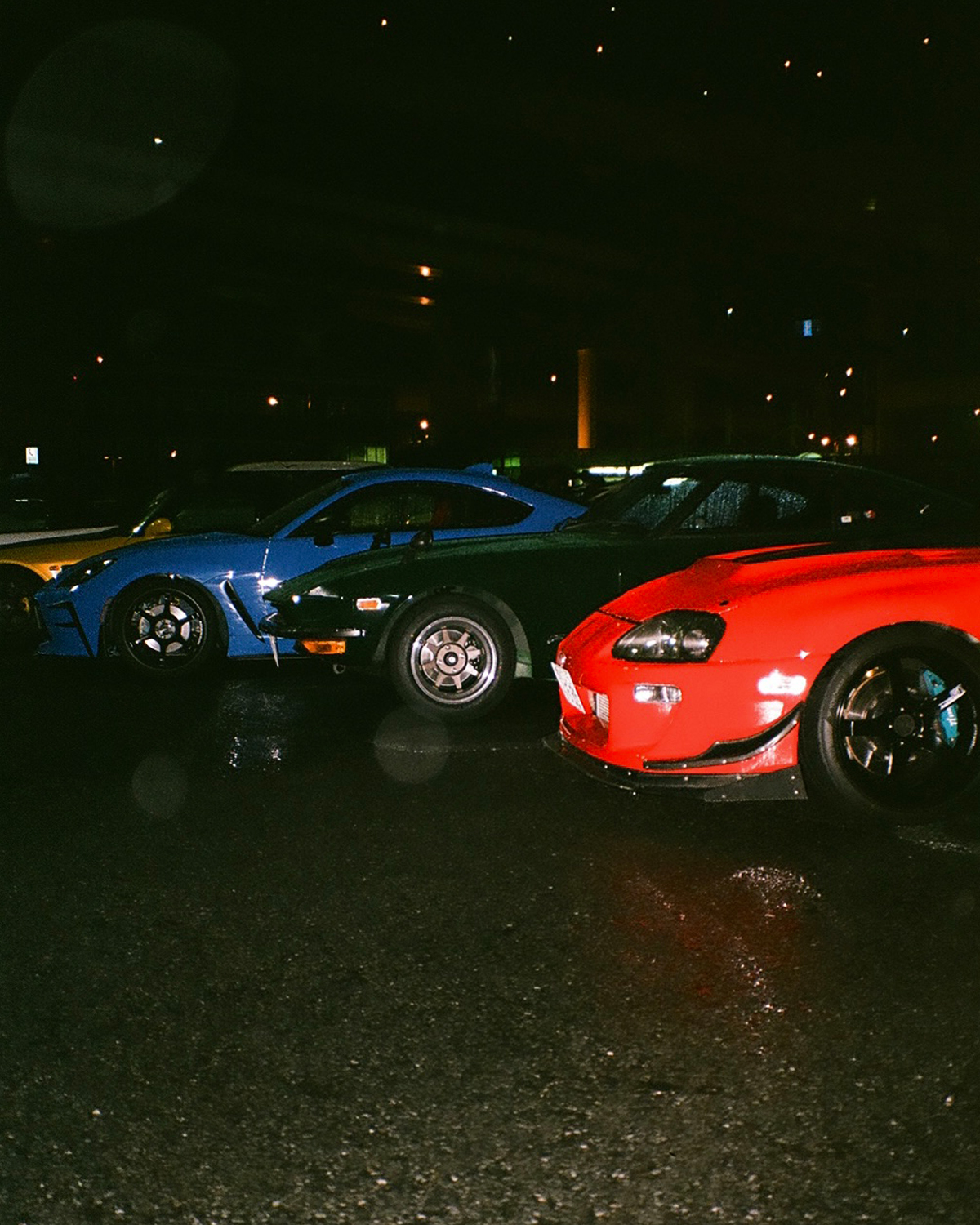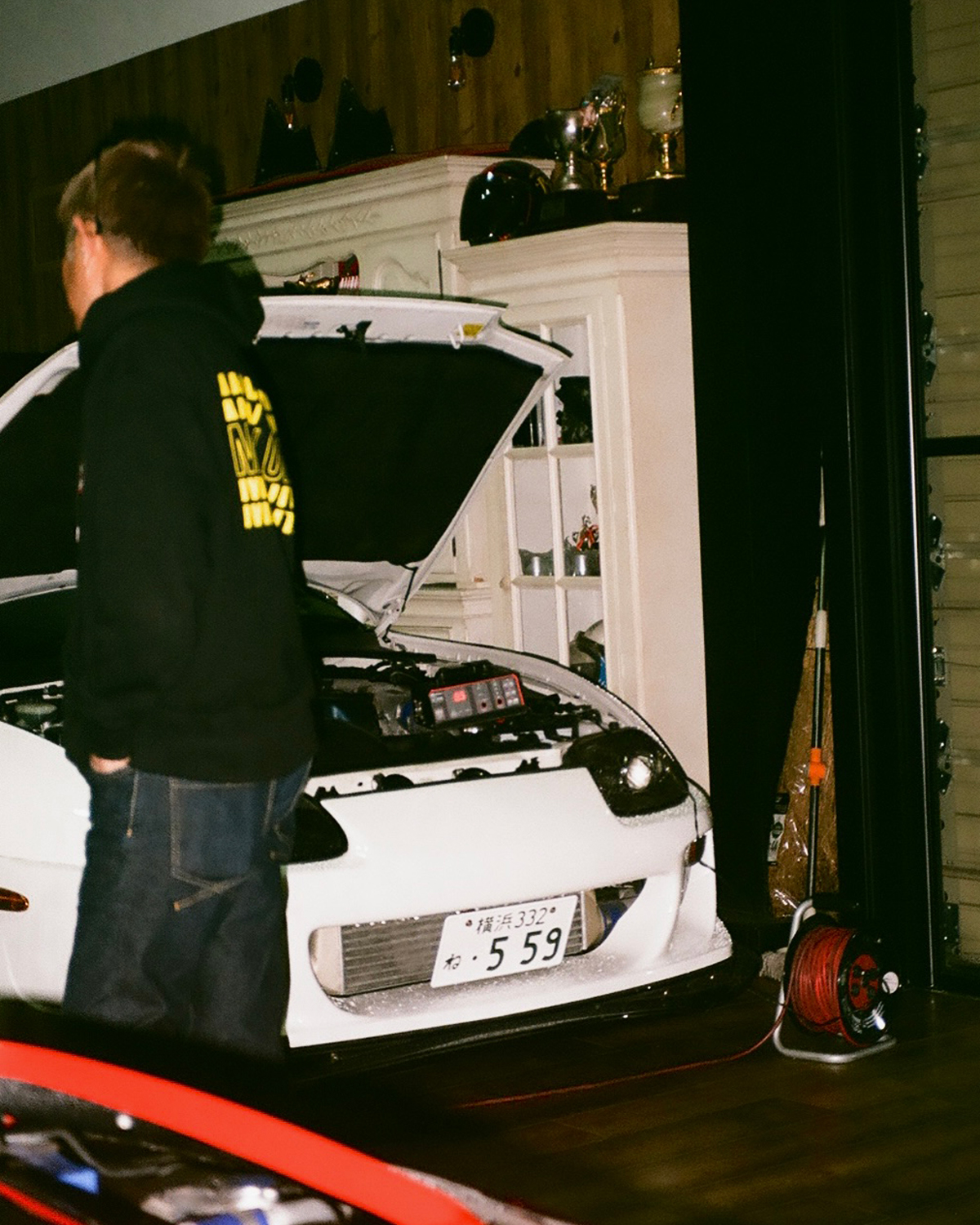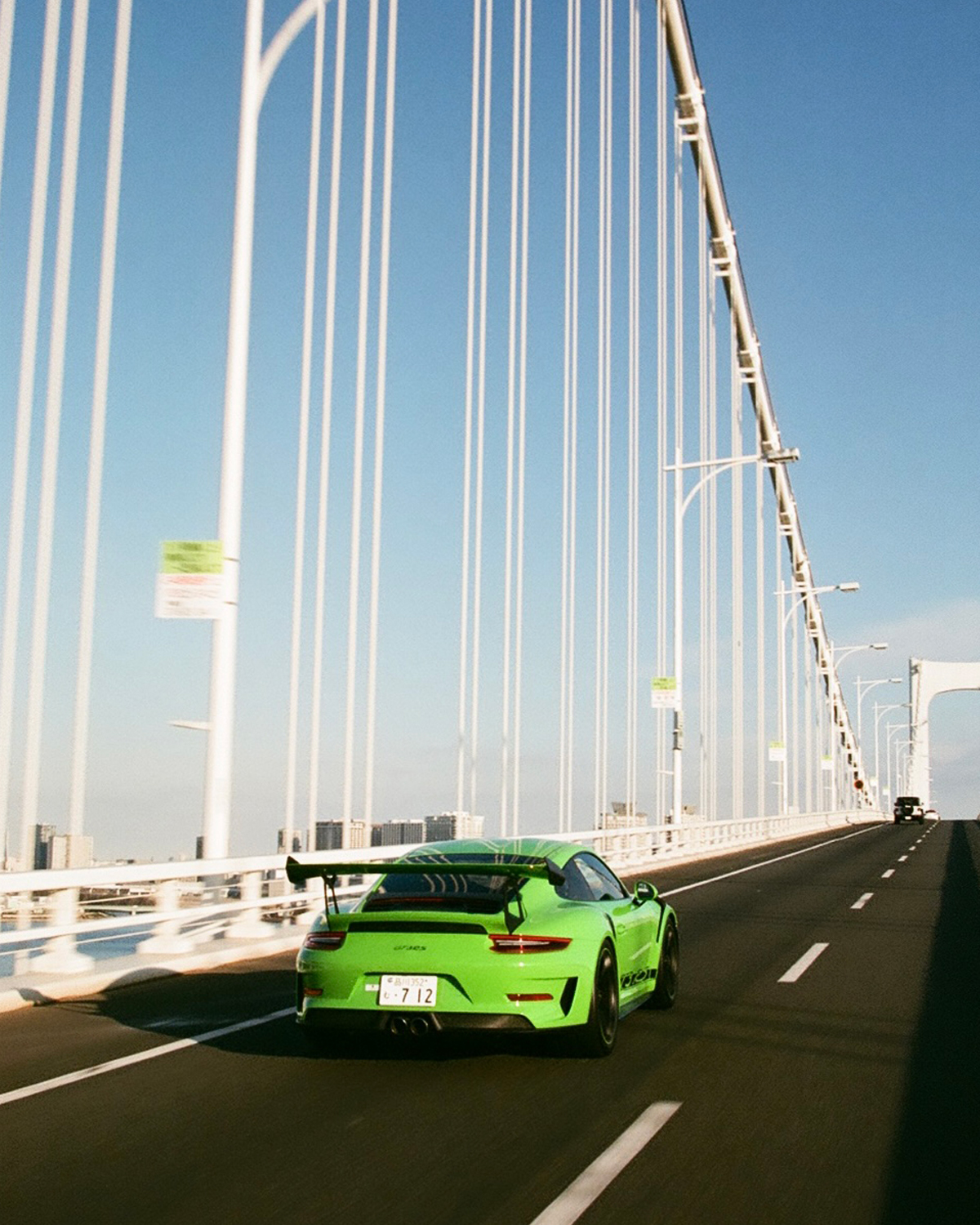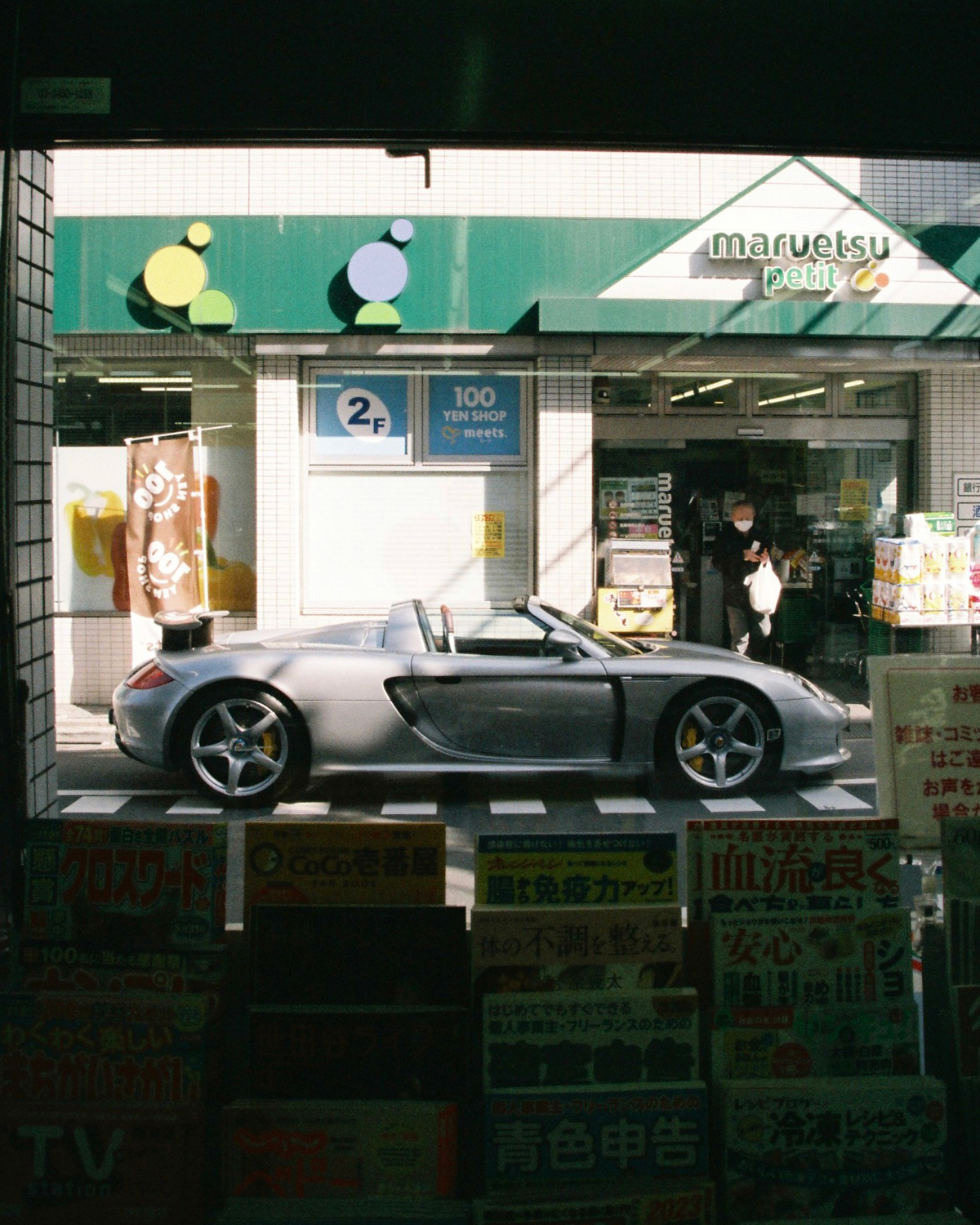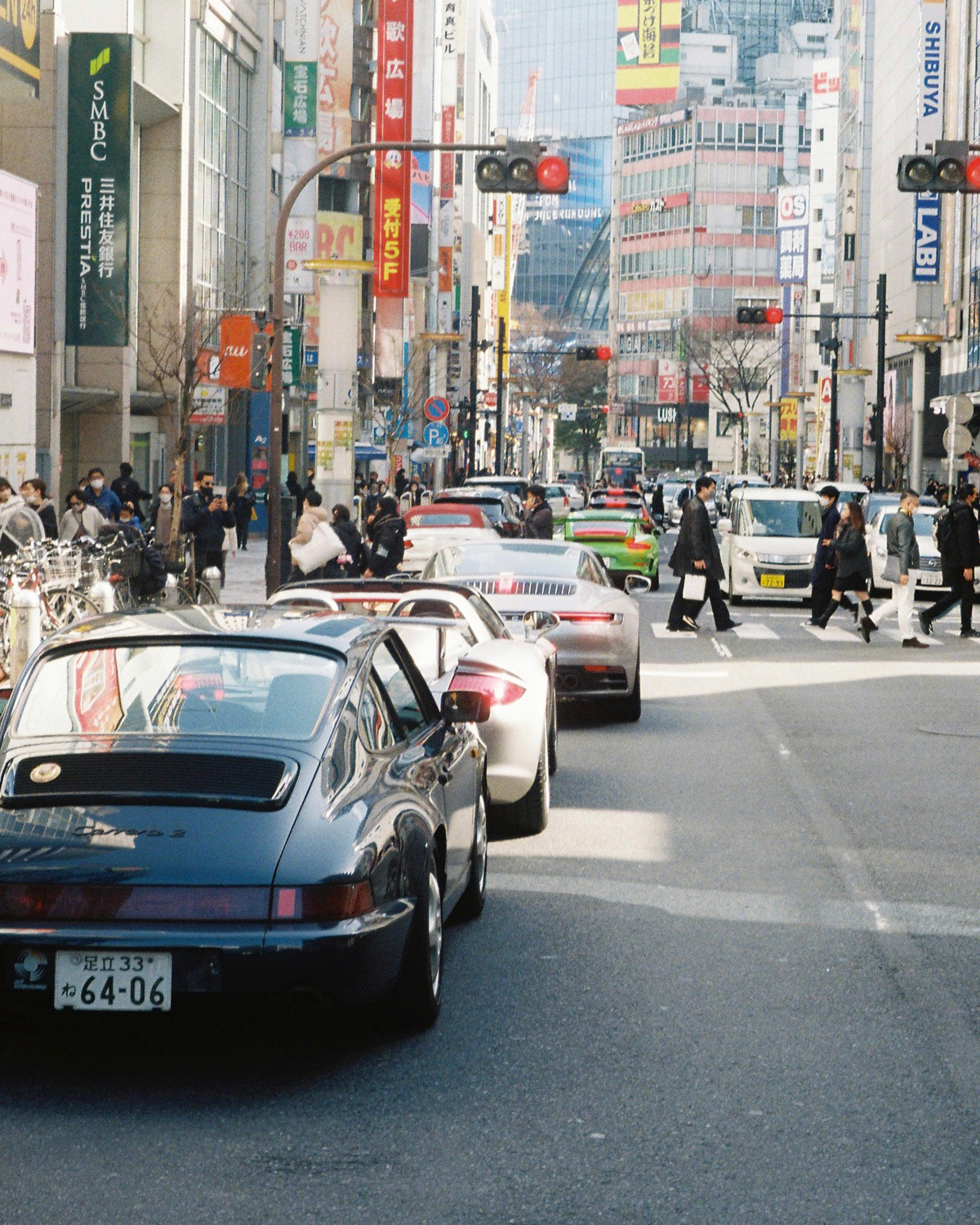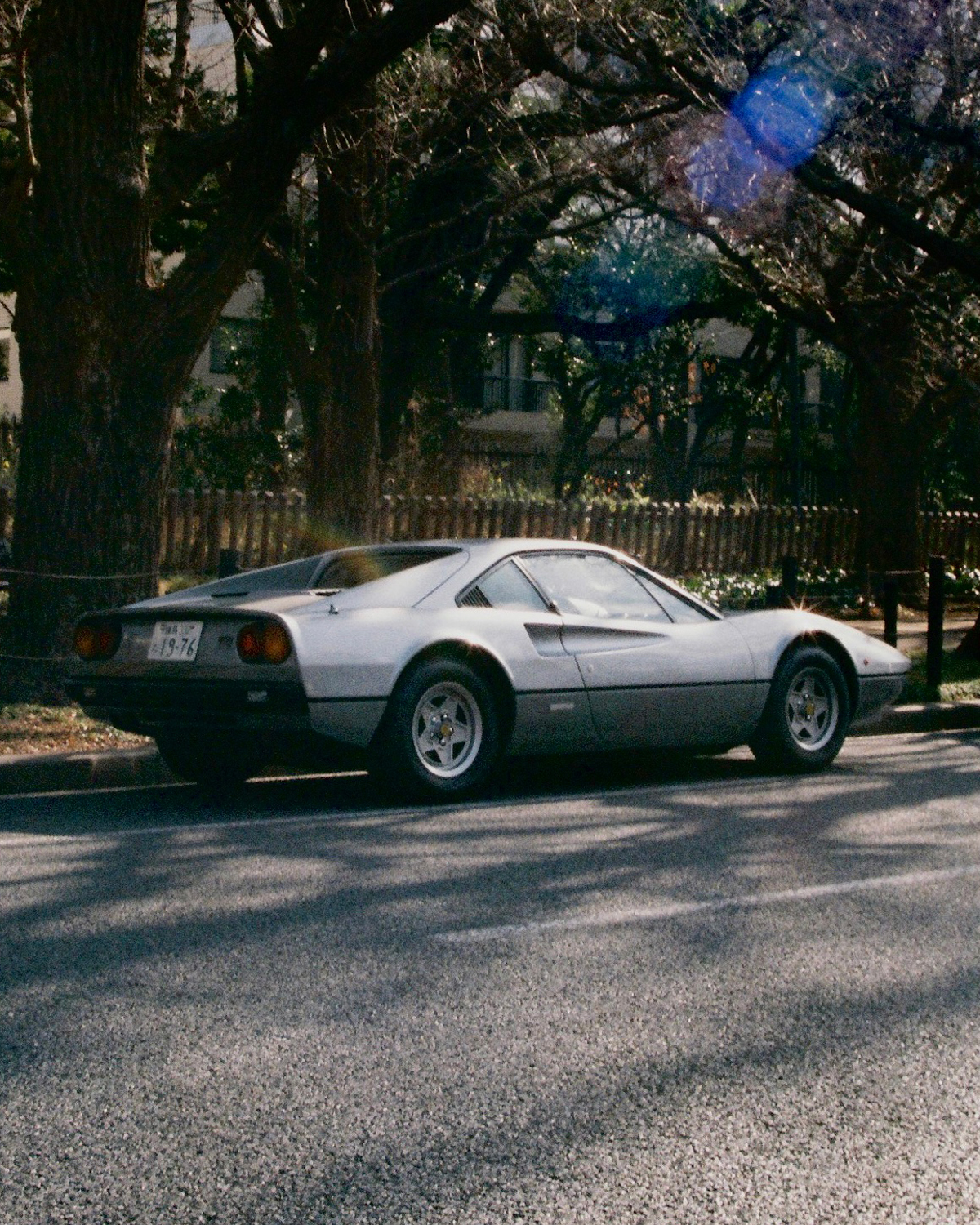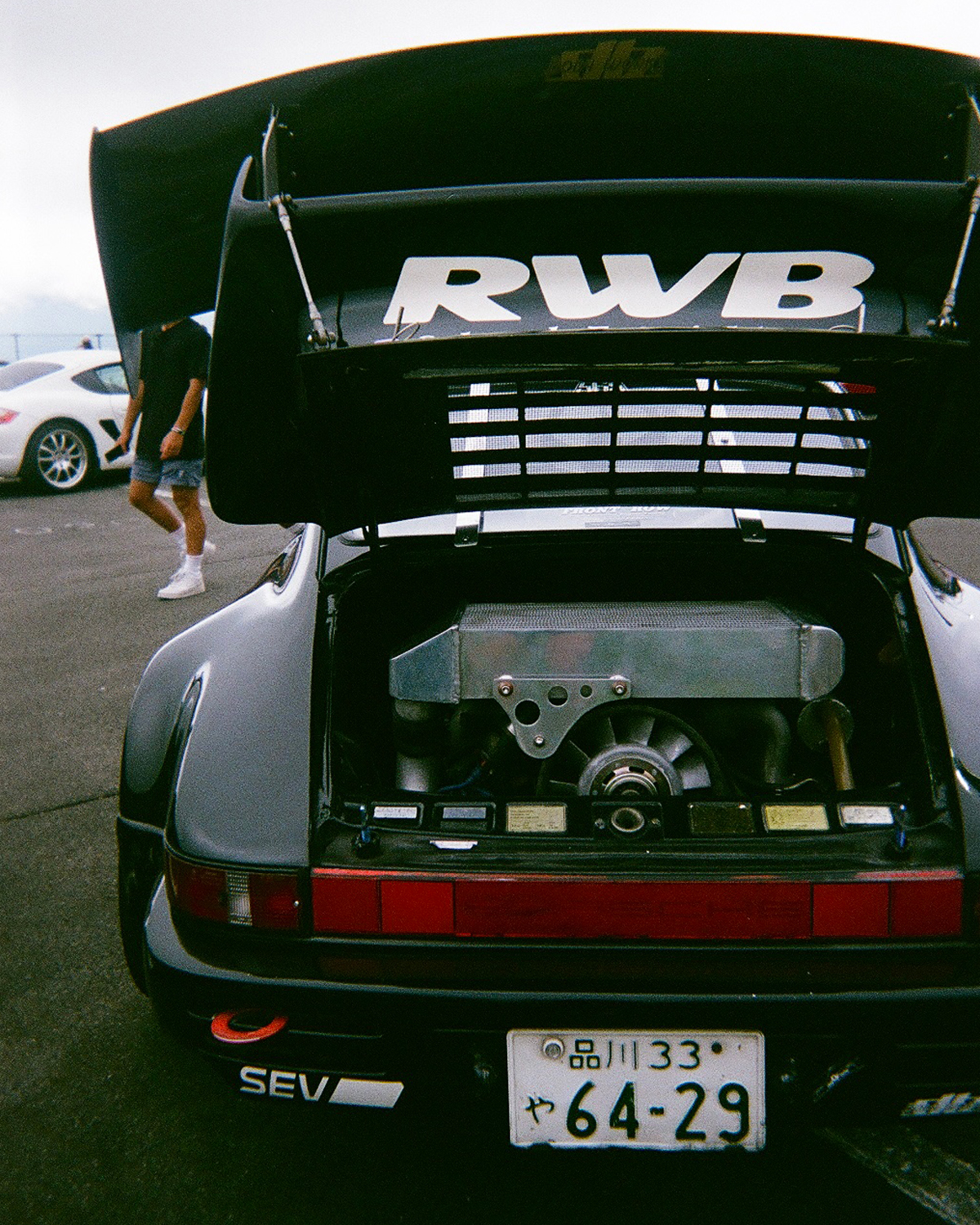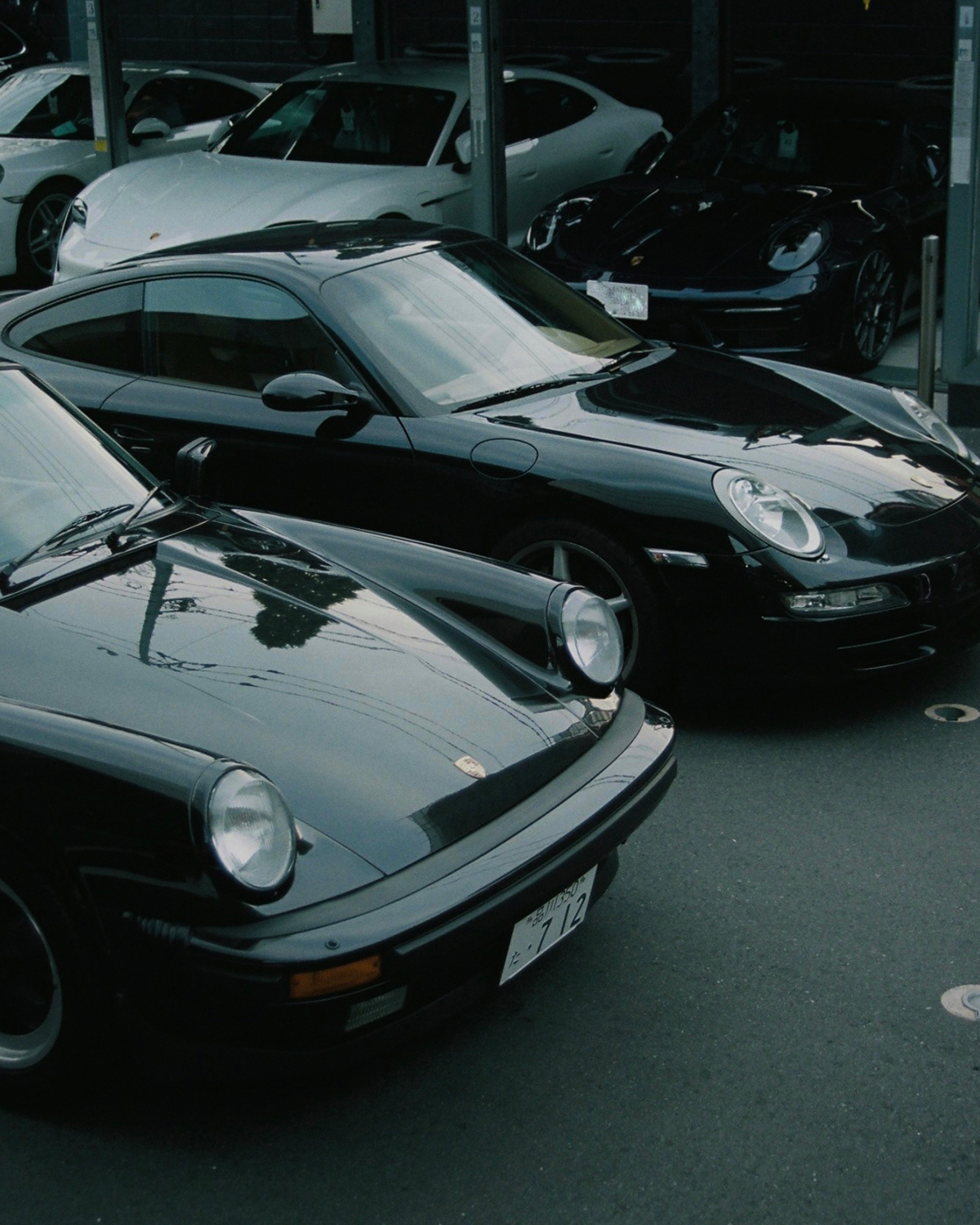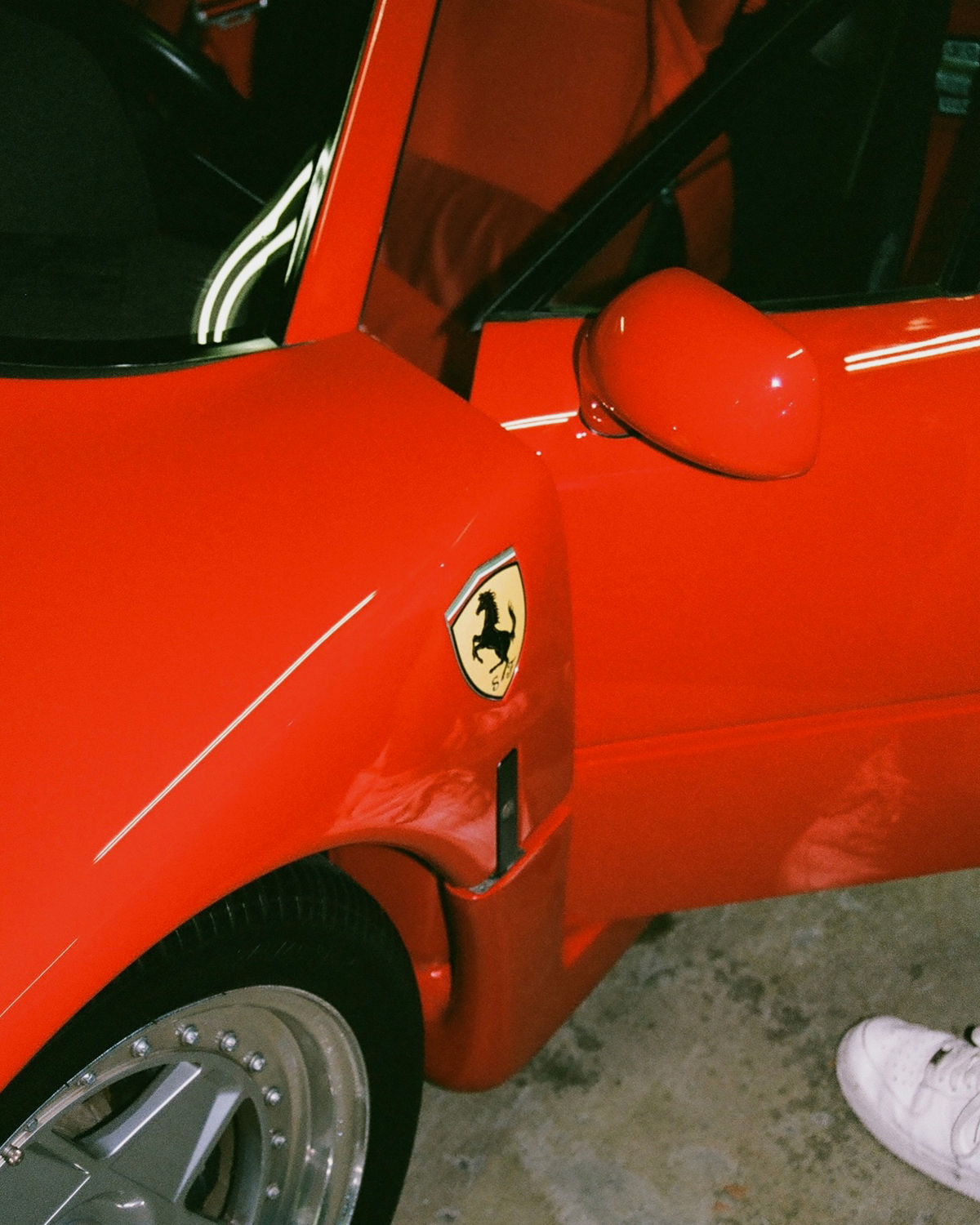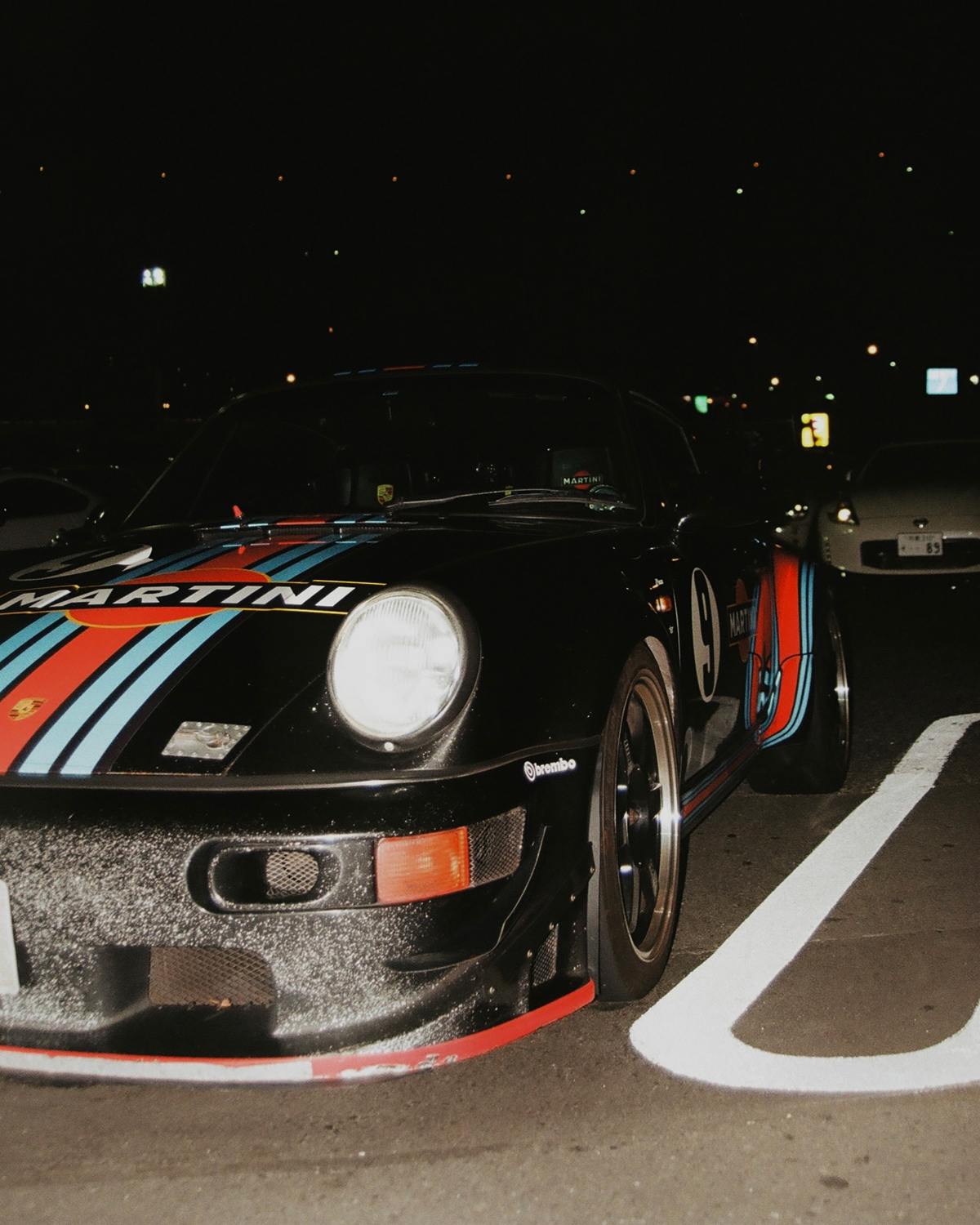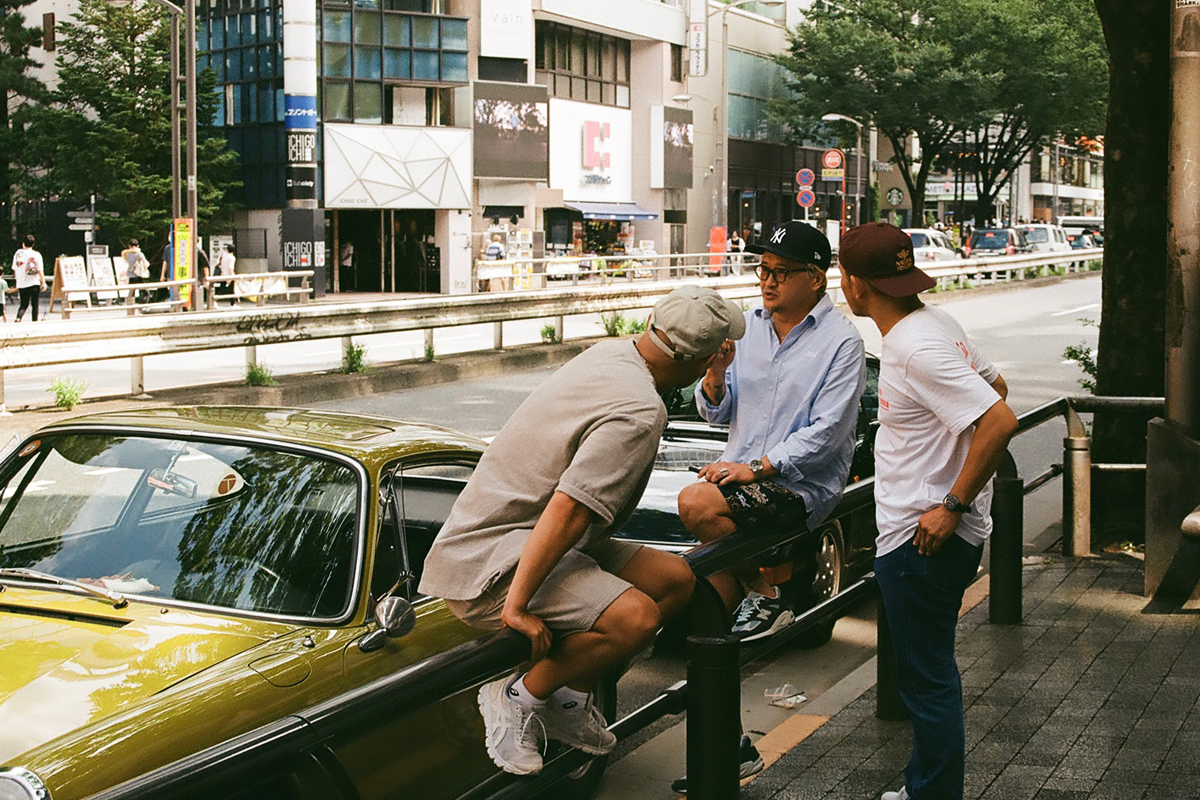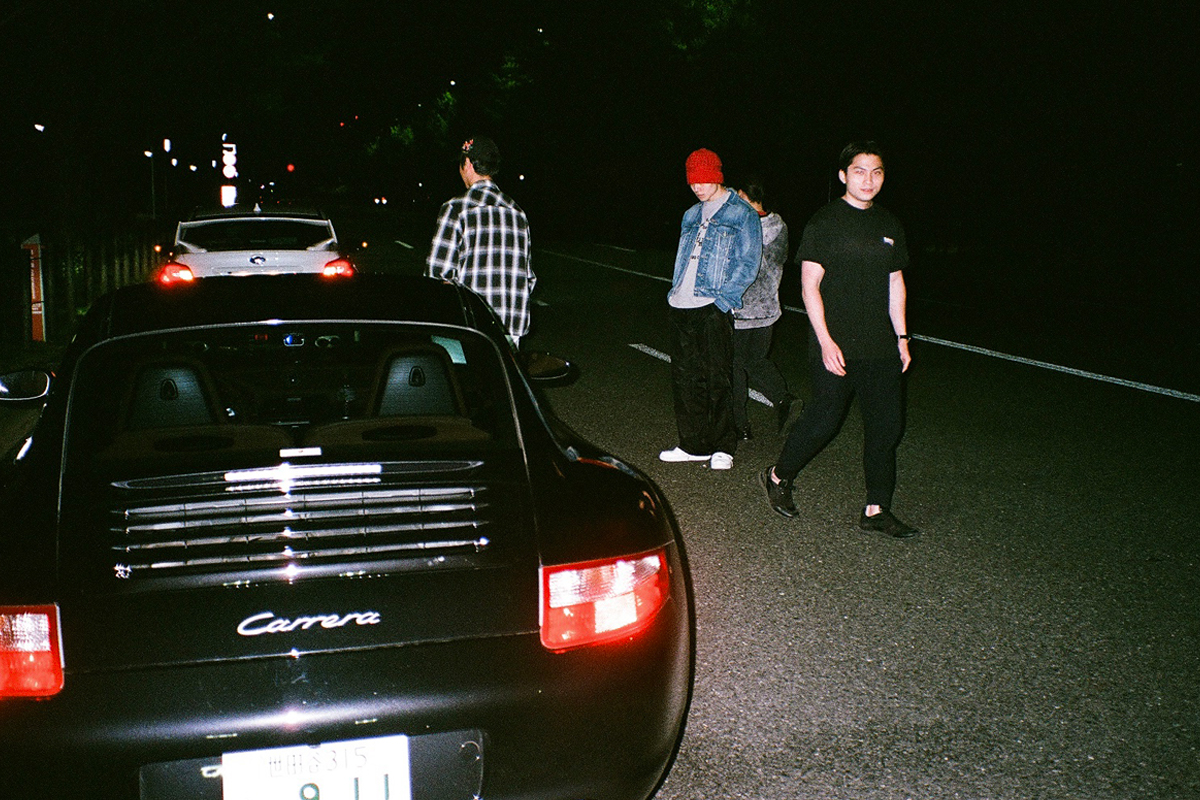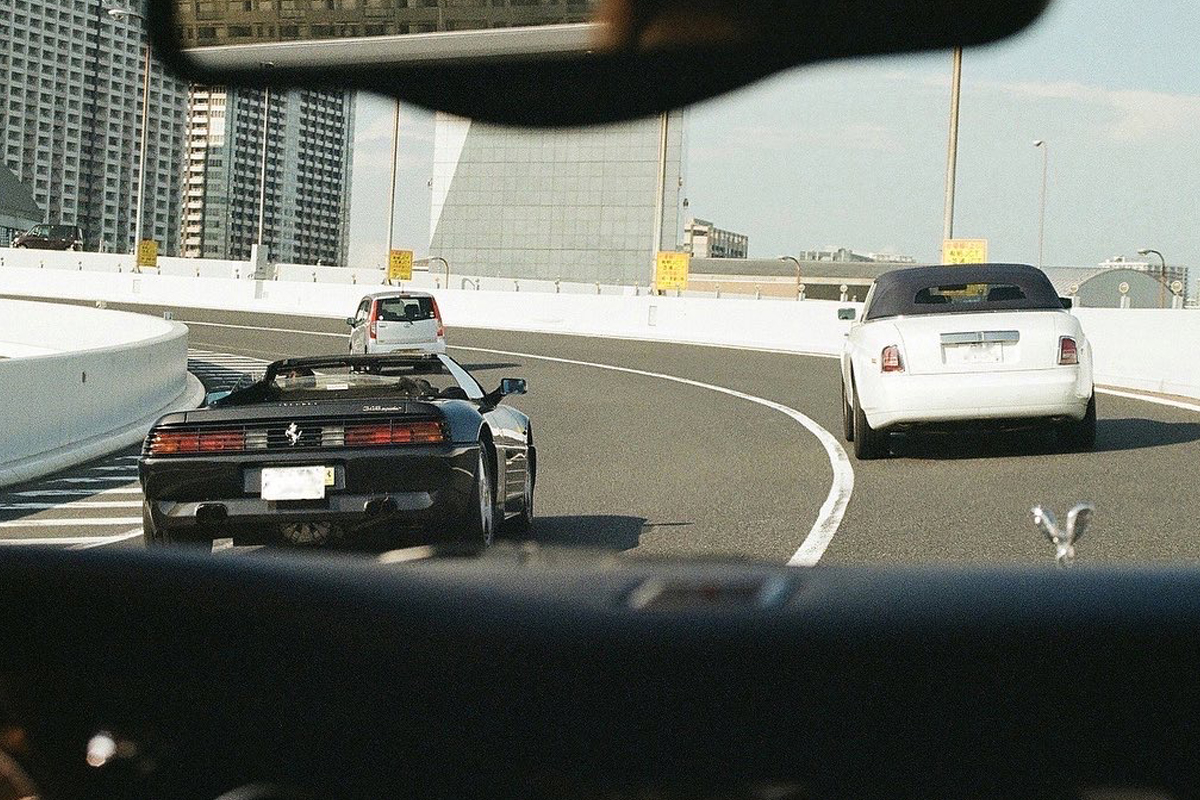Imagine entering a world where passion for four wheels is experienced with extreme intensity, reaching extreme levels of perfection and fascination. We are talking about Japan, where cars have always been regarded as extensions of the personality and creativity of those who drive them.
Here, the care and passion for customizing vehicles does not go unnoticed: it is called tuning, and it is the art of modifying cars in every detail, from aesthetic to mechanical components, for a more appealing result and performance never seen before. But where does this Made in Japan "ritual" originate?

Japanese car culture has its roots in the bōsōzoku movement, a tribe of rebellious young people who loved to customize motorcycles and cars, resulting in unprecedented masterpieces on four wheels. The bōsōzoku culture, which emerged in the 1980s, represented a kind of reaction to the monotony of white-collar life and a declaration of independence against social conventions. Members of this tribe were considered "outsiders," ready to defy the rules and break all boundaries, just like the protagonists of the movie "The Savage" with Marlon Brando! Yet beyond their exaggerated spirits, the bōsōzoku were true car artists and boasted unparalleled creativity and craftsmanship.
If the nighttime streets of the Japanese capital were once enlivened by these gangs of motor thugs, today their legacy has given rise to less extreme but no less passionate movements: what remains of the old rebellious tribe enlivens modern Japanese petrolheads, pushing them to go beyond the limits of customization and "Japanese-style" tuning, made up of impossible chassis stunts, screaming colors, aerodynamic appendages that look like they want to take off, and exhausts that point straight for the clouds. But also exalting motoring enthusiasts in Japan is drifting, a driving style that requires flawless control of the car during cornering and side-slipping, now regarded here as a sport in its own right and enhanced by nationwide competitions and events featuring models such as the Toyota Supra, Nissan Silvia and Mazda RX-7, all cars that embody the very essence of Japanese car culture.
But in Japan, the love of cars is a real passion that transcends geographical and cultural borders, embracing even European and American cars, both vintage and modern. Among the most beloved vintage cars is definitely the Porsche 911, both in its classic and Turbo versions, for its elegance and super sporty performance. But also vintage Ferraris, such as the 308 GTB and the Testarossa, modern Italian supercars like the Ferrari 458 Italia, the F12 Berlinetta or the Lamborghini Huracán, which drive Japanese enthusiasts crazy for their aggressive lines and the powerful roar of their engines, or American supercars with extreme performance like the Chevrolet Corvette and the Dodge Viper.
Here cars are not only an individual passion, but also a form of belonging to a community: behind each vehicle there is a society of enthusiasts, clubs and associations organized according to the preferred car model, driving style or modifications made to the vehicles. Just think of the Tokyo Auto Salon, one of Japan's largest automotive events, where you can admire the latest and most extreme car modifications, watch competitions and driving demonstrations, and meet the country's best tuners and drivers.
But it is not only in clubs and rallies that Japanese car culture is at its best. On the thundering streets of Tokyo, amidst twinkling lights, skyscrapers, and incessant streams of people, the roar of engines is heard just enough to draw attention to speeding supercars, rare and treasured vintage cars, and highly customized vehicles that look like something straight out of the most futuristic of video games and that tell the vibrant essence of this country's automotive dimension.
Photo credits: RAGAZZI CLUB
